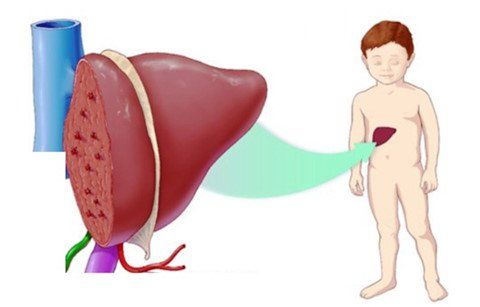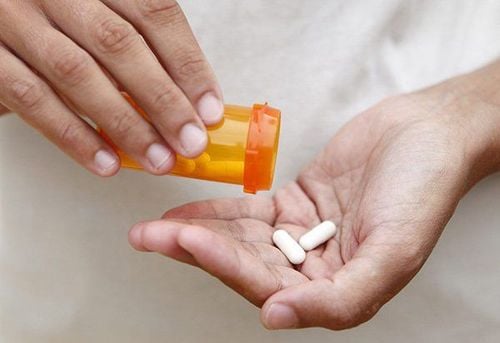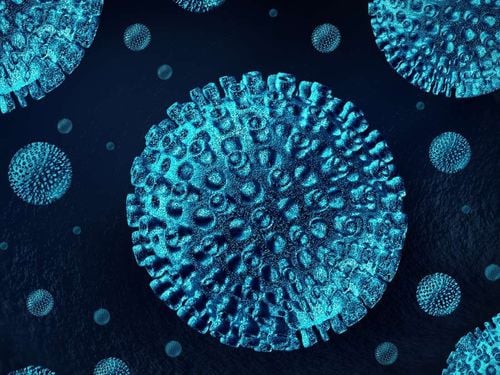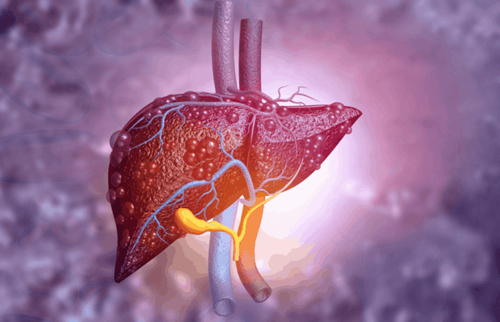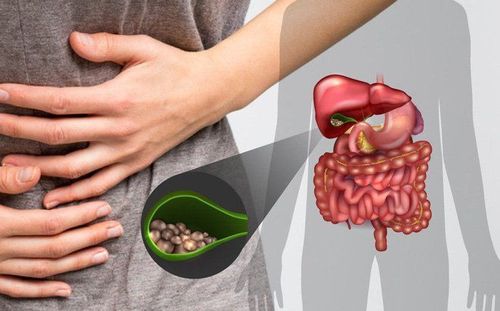This is an automatically translated article.
Samarin 140 is used in the treatment of liver dysfunction problems. Samarin is available at all drugstores nationwide. Let's find out more details about the uses, usage and notes when using Samarin through the article below.
1. What is Samarin 140?
Samarin 140 belongs to the group of drugs for the gastrointestinal tract. The drug is researched and manufactured by Berlin Pharmaceutical Industry Co., Ltd and circulated in Vietnam with the registration number VN-20197-16.
Samarin 140 medicine contains the main ingredient is Silymarin 140mg extracted from chrysanthemum seeds and other active ingredients such as: spray-dried Lactose monohydrate, Microcrystalline cellulose, Sodium starch glycolate, magnesium stearate, butylated hydroxytoluene, Opadry brown, Hydroxypropyl methylcellulose , Propylene glycol, Titanium dioxide, Talc.
Samarin 140 is available as a round, biconvex, brown film-coated tablet with the letter B140 on one side. The drug is packed in boxes of 3 blisters, 10 blisters, 25 blisters x 10 tablets.
2. Indications for taking Samarin 140
Samarin 140 is used in the following cases:
Acute and chronic hepatitis; Cirrhosis ; Fatty liver not caused by alcohol; Hepatitis caused by a bacterial infection; Liver disease caused by alcohol; Liver damage due to metabolic toxicity, toxicity from fungi and carbon tetrachloride; People who are using drugs that are harmful to liver cells such as drugs for cancer, tuberculosis, diabetes, non-steroidal anti-inflammatory drugs, drugs affecting nerves, anti-inflammatory drugs...; People with liver dysfunction with symptoms of fatigue, indigestion, loss of appetite, jaundice, allergies, constipation, urinary retention,...; Prevention and treatment of liver cancer.
3. Dosage, how to use Samarin 140
Samarin 140 is made in the form of tablets and taken orally.
Dosage of Samarin in the following cases:
Protecting the liver: Use a dose of 420mg/day and divide it into 3 oral doses a day, taking the drug within 6 to 8 weeks. After that, the maintenance dose is 280mg/day; Treatment of hepatotoxicity from fungi: The dose is 33mg/kg/day.
4. Contraindications to taking Samarin 140
Samarin 140 should not be used in the following cases:
Patients with a history of allergy or hypersensitivity to Silymarin or any of the excipients contained in the drug; Patients with hepatic encephalopathy; Patients with jaundice due to biliary obstruction and cirrhosis of the liver with primary biliary causes; Do not use Samarin 140 for pregnant and lactating women.
5. Side effects occur when taking Samarin 140
Samarin 140 is generally well tolerated. However, during use, patients may encounter some unwanted side effects such as:
Nausea, diarrhea, flatulence, abdominal distension, abdominal pain, loss of appetite; Headache; Allergic reactions to silymarin. Please inform your doctor or pharmacist of the side effects that the patient may experience while using Samarin 140.
6. Pay attention to precautions when using Samarin 140
Before taking Samarin 140, patients need to carefully read the instructions for use of the drug or strictly follow the instructions from the doctor or pharmacist.
Silymarin inhibits Cytochrome P450 3A4 and Cytochrome P450 2C9, in some human studies it has been shown that silymarin does not affect the pharmacokinetics of Indinavir and may reduce blood sugar in some patients with cirrhosis and diabetes. . Silymarin in combination with Metronidazole significantly increased the elimination and exposure of Metronidazole significantly. If necessary, the dose of Metronidazole should be increased. There are no scientific data on the safety of use of silymarin in pregnant women, so the use of silymarin in these patients is not recommended. Hopefully the above useful information helps patients have more knowledge about the drug Samarin. Note, patients do not arbitrarily buy Samarin medicine to use at home because it can have adverse effects on health.
Please dial HOTLINE for more information or register for an appointment HERE. Download MyVinmec app to make appointments faster and to manage your bookings easily.




